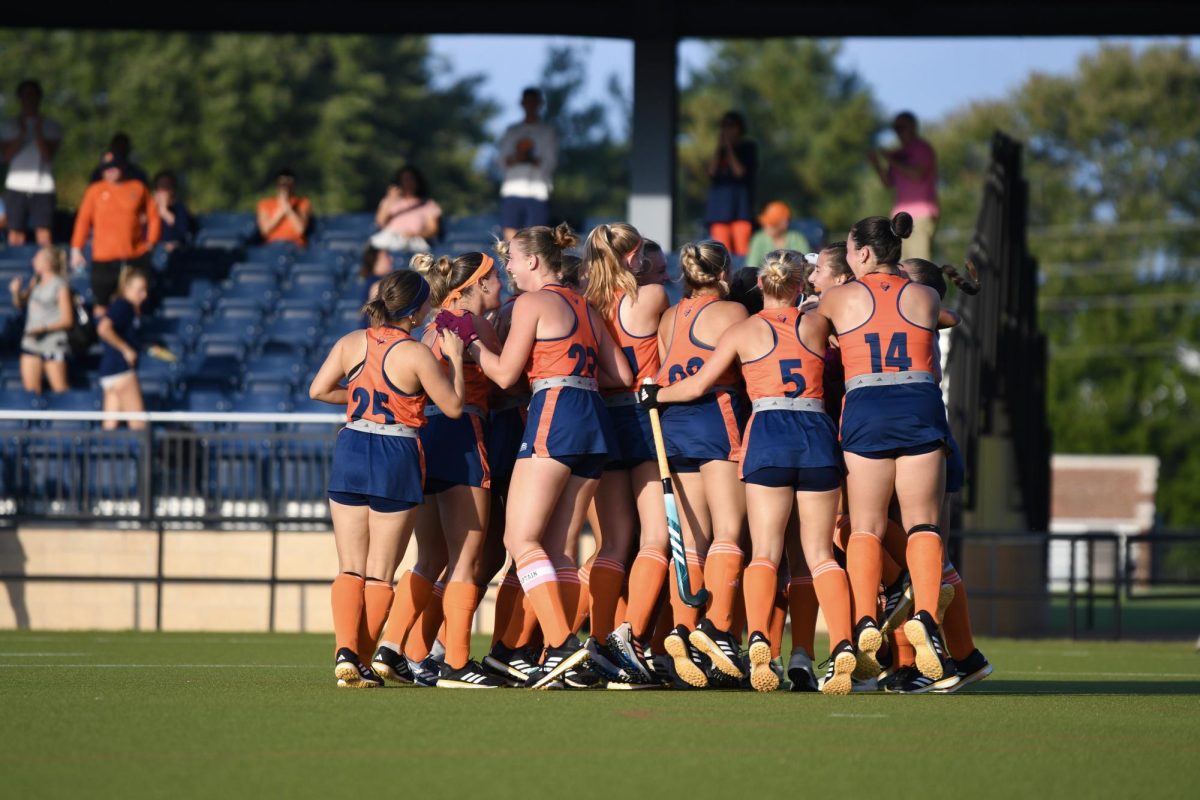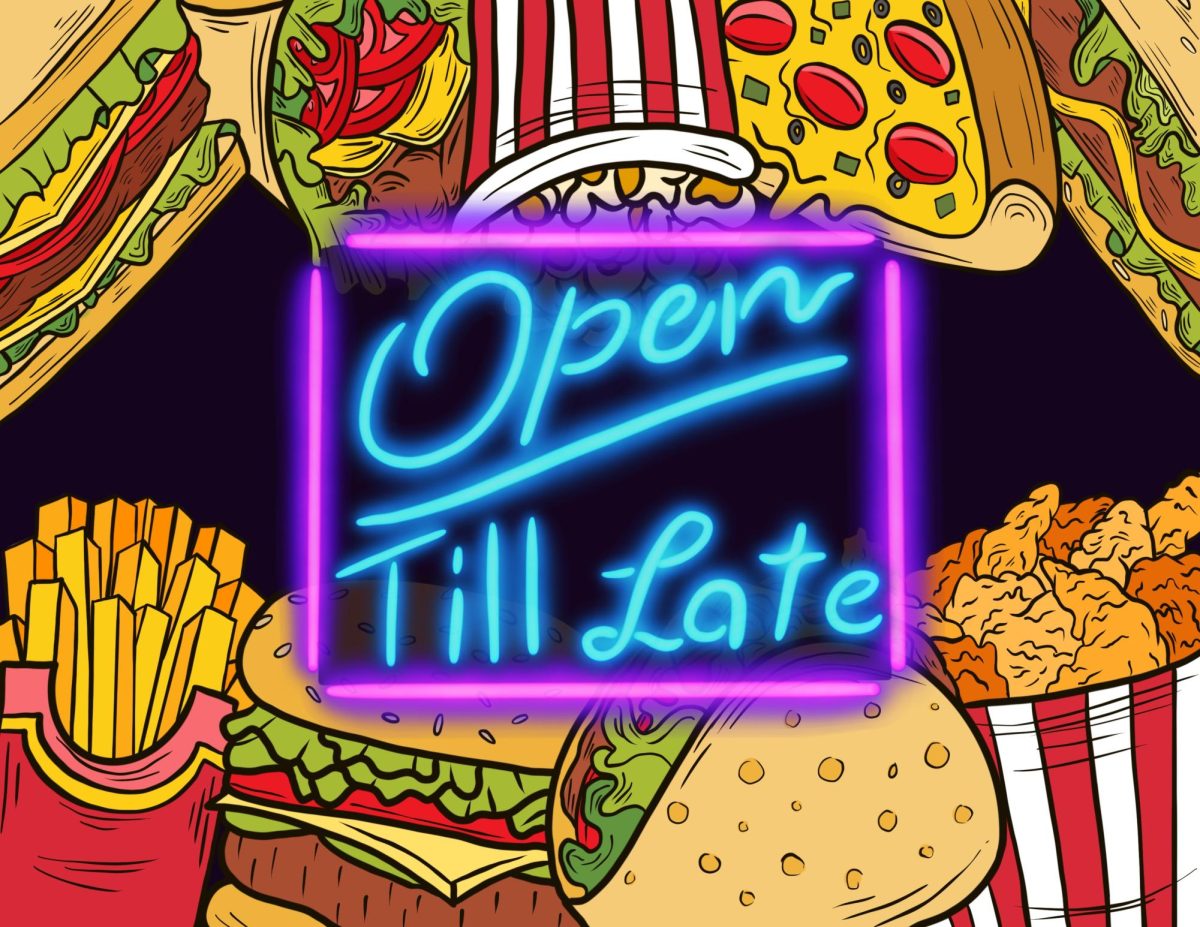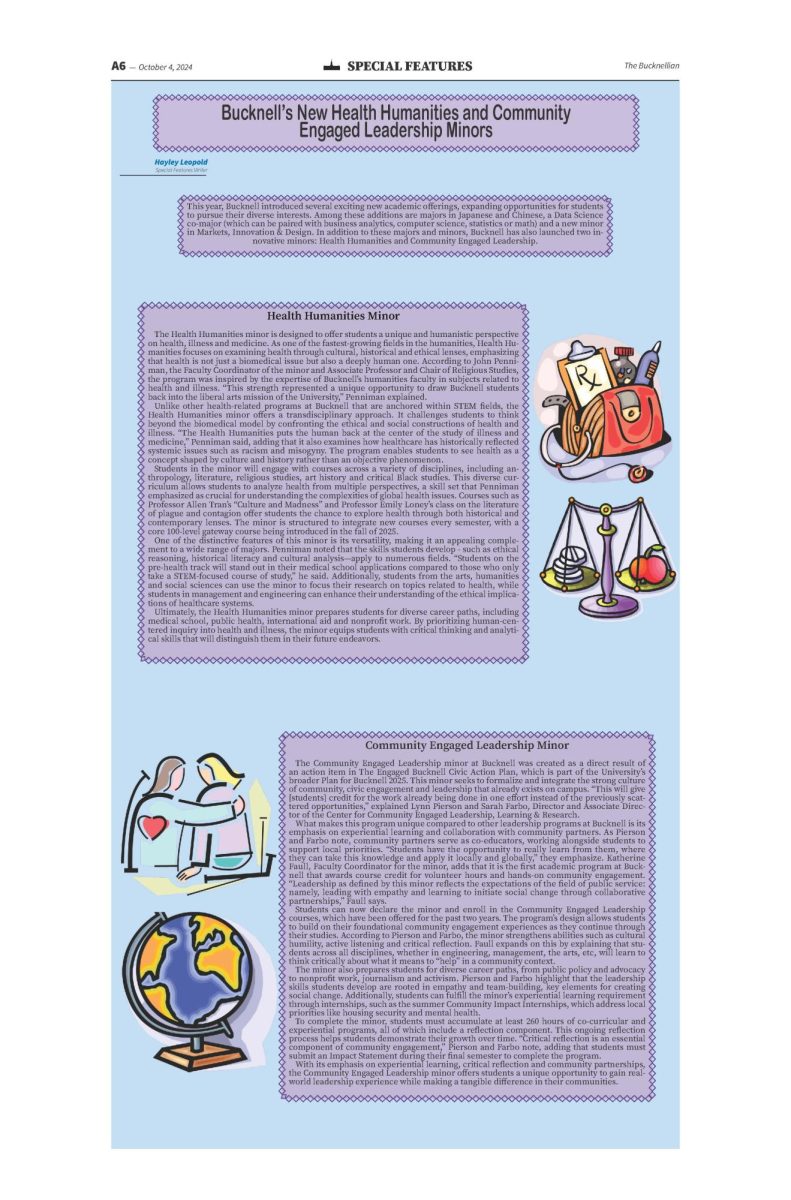When was the last time you walked into an AMC theater? If you recall, you’ve most likely heard the following words, “We come to AMC theaters to laugh, to cry, to care…Our heroes feel like thе best part of us, and stories feel perfect and powerful,” said by Australian actress Nicole Kidman in an AMC advertisement that plays before every movie.
Within Kidman’s words lies a poignant truth: for the same reason that the audience falls in love with the reality TV competition contestant with a “sob story” and sports fanatics innately crave for the “underdog” competitor to win the match, as humans, we can love, we can hate, but above all, we will always feel. Our very sentient nature as human beings draws out this ungovernable and innate yearning to feel and to be understood. Fictional or not, television feeds off our emotional desire to see who we are, who we were, and who we aspire to be through storytelling.
On March 8, 2019, Netflix released a documentary series (docuseries) called “Drive to Survive,” (DTS) which went behind the scenes of the teams and drivers in Formula 1 (F1), widely considered the pinnacle of international open-wheel car racing. The docuseries was immensely popular, contributing to a dramatic increase of F1 viewership, which, according to ESPN, has increased by 70% in the last 3 years. It also helped F1 break through the US market; in 2022 and 2023 respectively, F1 added two more races in the United States with the Miami Grand Prix and the Las Vegas Grand Prix, capitalizing on the increased interest and viewership spurred on by the Netflix series. Realizing that the success could possibly be replicated, in 2023 and 2024, Netflix released “BreakPoint” (Tennis), “Full Swing” (Golf), “Tour de France: Unchained” (Cycling), “Six Nations: Full Contact” (Rugby), and “Nascar: Full Speed” (Motorsports).
So, why is “Drive to Survive” (DTS) so popular? F1 is not a brand new sport—it has existed since 1950 and with recognizable and high-end automobile manufacturers like Ferrari and Mercedes having teams on the grid, F1 is well known. If one were to deconstruct the components of DTS, one would see that the elements of F1—the speed of the cars, the circuit of the race, or the sheer talent of the drivers—is not the meat of the show, but rather the great storytelling.
DTS features interviews from the drivers and the team principals, where they tell the audience their thoughts and perspectives. It’s one of the golden rules of great storytelling: showing-not-telling the audience the emotions and stories of the protagonists. The first DTS episode follows Australian F1 Driver, Daniel Riccardo, not merely on the track, but at his home in Perth, Australia. There, the audience is introduced to his family and his mother starts talking to the camera about how much of a sacrifice it was for the family to aid Riccardo in his dream and pursuit of racing. All of a sudden, Riccardo feels human in his story, one of family and sacrifice, complementing his humorous personality.
In movies, it’s not Spiderman, who has supernatural agility and jumps off tall buildings, that the audience falls in love with or resonates with—it’s Peter Parker, the ordinary high school student who gets bullied for his love of learning. We love the idea that someone like Peter Parker can be a superhero because it displays our own desire to transcend the ordinary and become extraordinary. Similarly, these Netflix series remind us that in sports, we root for the athletes’ seemingly superhuman attributes, but with equal importance, we also fall in love with how we aspire and relate with them in their goals and identity. For instance, Jackie Robinson was an amazing athlete, but it was his story that many African Americans in the 1950s could see themselves in as he represented them in the fight for equality in sports.
Ultimately, F1’s “Drive to Survive” and its other Netflix cousins display a very powerful lesson in storytelling. We love stories because they add depth and appeal to the emotions in all of us. Whether in cuisine, sports, film, or art, if we simply look closely enough, there is a story in everything.
























